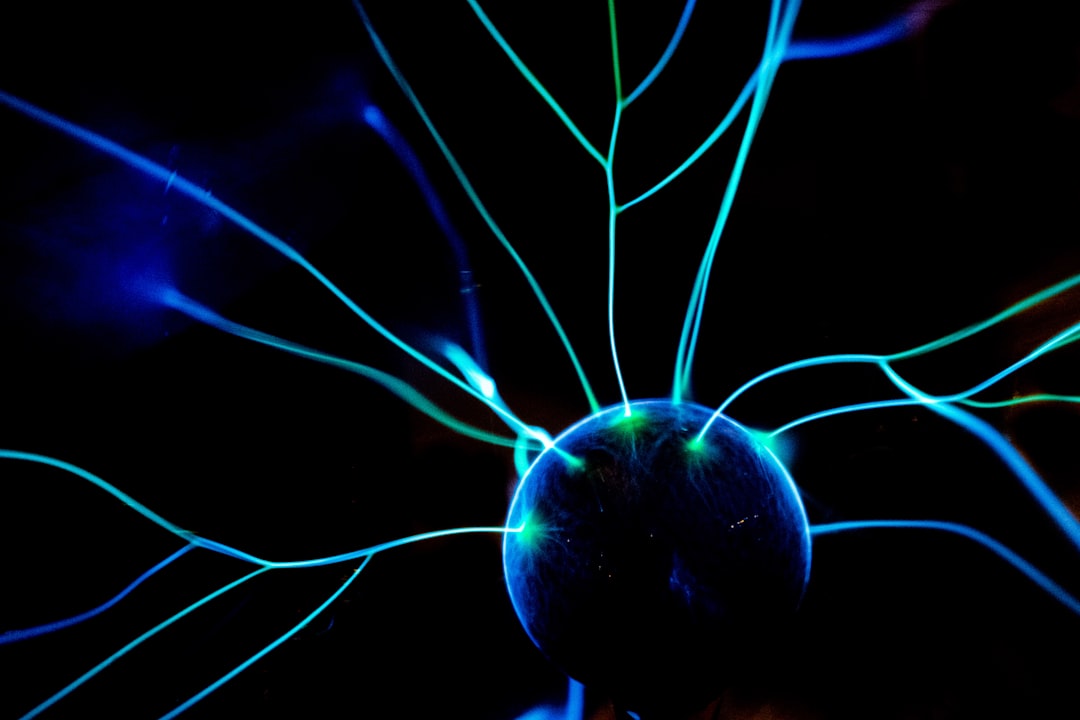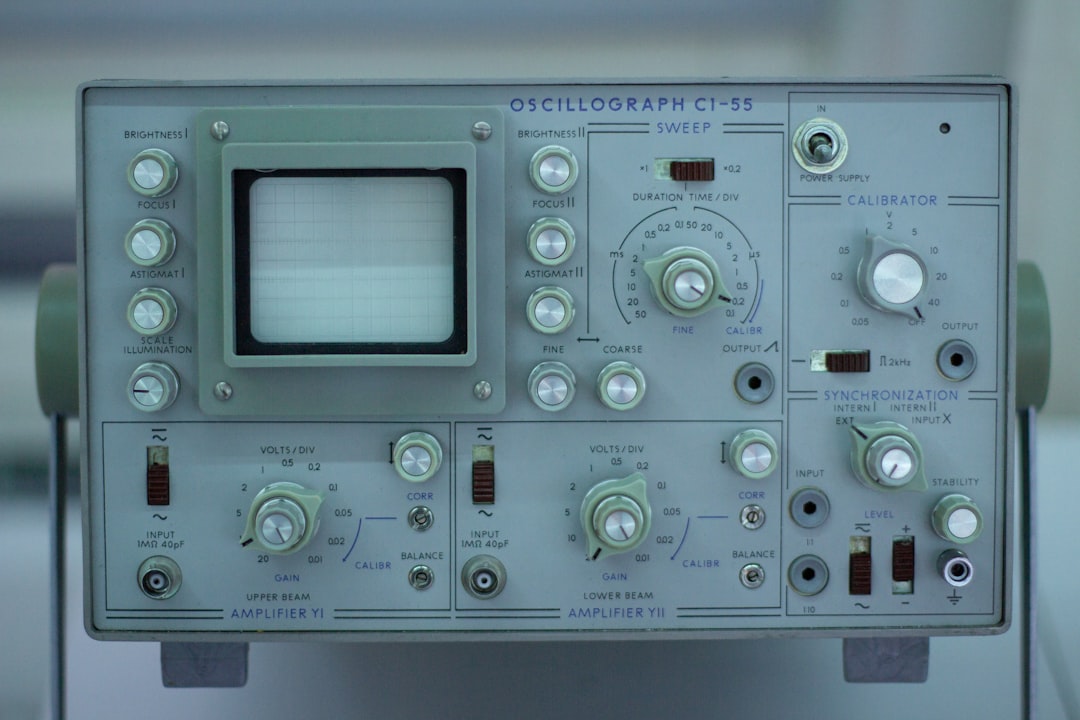What is it about?
This paper reports on the water quality conditions of the Miharu Dam Reservoir. The water quality conditions appear in near-infrared (NIR) data collected by an unmanned aerial vehicle (UAV). Because blue-green algae occur in summer, the water quality of the small lake will be significantly worse at that time. On the basis of the experimental results for data from the months of July and August obtained using a fuzzy regression model, it is found that the UAV data is useful in assessing water quality conditions in Lake Sakurako, and that the NIR data is effective in estimating the water surface conditions of the lake, especially as caused by the occurrence of blue-green algae.
Featured Image

Photo by Lionello DelPiccolo on Unsplash
Why is it important?
Fuzzy set theory provides useful concepts and tools for addressing uncertainties. The UAV data includes external disturbance components and sensing system noise. Also, the reflection caused from the terrain was large because the sharp of study area was complicated and narrow. Therefore, it is necessary to consider fuzziness in data processing. In this letter, fuzzy regression analysis was carried out for each combination data: the UAV data and the measurements of water quality parameters. We used the near-infrared (NIR) data collected by the UAV. Nine water quality parameters were also directly measured: hydrogen ion indicator (pH), dissolved oxygen (DO), chemical oxygen demand (COD), suspended solids (SS), total nitrogen (T-N), total phosphorus (T-P), chlorophyll a, phycocyanin, and myxophyceae. This letter reported the differences in the occurrence of blue-green algae are considered to be distinguishable in the estimation map using the NIR data created by the UAV data.
Perspectives
This letter reported on the challenge of understanding water conditions that appear in the NIR data collected by the UAV using a fuzzy regression model. This is the first time that the seasonal variability of the water conditions regarding blue-green algae in part of Lake Sakurako, Japan and which appeared in the UAV data, has been demonstrated in 2016. The techniques and findings developed through this research have been used in subsequent studies.
Prof. Yoichi Kageyama
Akita Daigaku
Read the Original
This page is a summary of: Analysis of water quality in Miharu dam reservoir, Japan, using UAV data, IEEJ Transactions on Electrical and Electronic Engineering, June 2016, Wiley,
DOI: 10.1002/tee.22253.
You can read the full text:
Contributors
The following have contributed to this page










